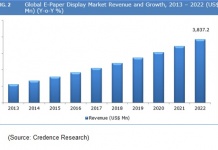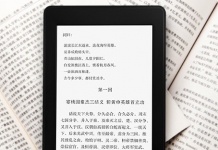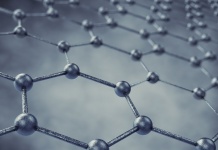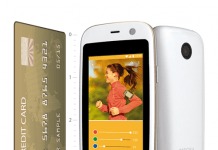As highlighted by reports on GigaOM and Good E-Reader, two different teams are taking different approaches to the potential for epaper ereaders that never need to be charged at all. Both work on the principle that epaper displays consume practically no power, and the amount of current needed to change pages or load new books is so small that it could realistically be provided simply by a reader’s gestures.
One, called Bibliofile, from designer Nadeem Haidary, “uses page-turning gestures to generate the power necessary to update an e-paper display.” There is also a stylus included. “The stylus sends a wireless signal to the device using the voltage generated by applying strain to a piezoelectric element. Thus, like the reader, the stylus doesn’t require batteries or charging.”

Haidary’s explanation continues: “The project started by studying the way people turn pages. From this, quick form studies were used to experiment with physical gestures and a works-like model was built that used a rotational gesture to generate electricity and change the page.” This does mean some design compromises – the display for instance is “designed with the challenge of updating the display as little as possible to conserve energy.” But it is also a color e-paper with a capacitive touchscreen, and appears to be at working prototype stage.
The other technology, meanwhile, comes from Disney Research and the Department of Electrical and Computer Engineering and The Robotics Institute at Carnegie Mellon University, and presents “a new energy harvesting technology that generates electrical energy from a user’s interactions with paper-like materials. The energy harvesters are flexible, light, and inexpensive, and they utilize a user’s gestures such as tapping, touching, rubbing and sliding to generate electrical energy. The harvested energy is then used to actuate LEDs, e-paper displays and various other devices.”
This technology appears slightly less mature, and closer to engineering proof-of-concept stage, but nonetheless explained in depth and equally feasible.
In either case, there are obvious limits to the applicability. For instance, wireless connections, backlights or other energy-hungry implementations appear to be outside the scope of this kind of power generation – although there certainly have been ways to glean power from radio networks in the past as well. And it’s not hard either to envisage a device that only draws power from a USB connection once linked to a computer for uploading and refreshing, and otherwise doesn’t need it at all.

































